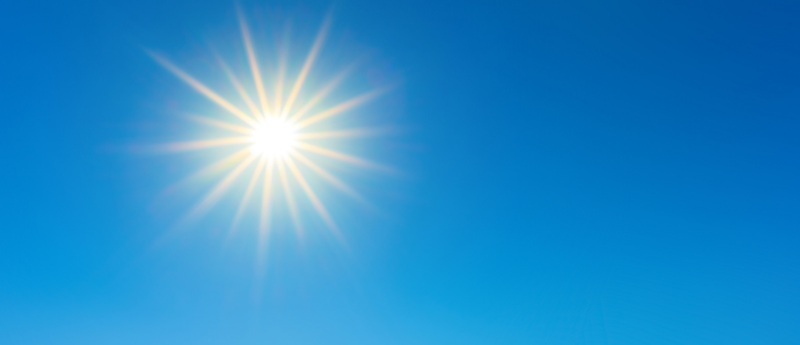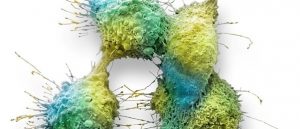Study identifies source of DNA mutations that underlie melanoma

The mutations that give rise to melanoma are caused by a deamination reaction in DNA, which is catalyzed by UVB radiation.
Researchers from the Van Andel Institute (VAI; MI, USA) have revealed the source of DNA mutations in melanoma as a chemical conversion in DNA caused by UVB radiation. This contrasts long-held beliefs that the mutations arise due to DNA copying errors and reinforces the importance of safe sun practices such as seeking shade when the sun is at its strongest (between 11am and 3pm), wearing sun protective clothing and applying sunscreen.
“Cancers result from DNA mutations that allow defective cells to survive and invade other tissues. However, in most cases, the source of these mutations is not clear, which complicates development of therapies and prevention methods,” explained Gerd Pfeifer, a VAI professor and the study’s corresponding author. “In melanoma, we’ve now shown that damage from sunlight primes the DNA by creating ‘premutations’ that then give way to full mutations during DNA replication.”
Melanoma is a type of skin cancer that develops from the pigment-producing cells called melanocytes. Although melanoma is less common than other types of skin cancer, it is more likely to metastasize, which significantly reduces patient survival. Melanoma has previously been reported to have the most DNA mutations of any cancer.
 Exploring platelet-induced metastasis with organ-on-a-chip technology
Exploring platelet-induced metastasis with organ-on-a-chip technology
The mechanism driving the interaction between platelets and cancer cells, which stimulates metastasis, has been revealed with a new organ-on-a-chip model.
The study, published in Science Advances, found that when UVB radiation from the sun hits certain bases – CC, TT, TC and CT – it causes them to chemically link together, which results in them being unstable. The instability catalyzes a deamination reaction, which transforms cytosine to uracil, a base that is typically found in RNA, not DNA. This change to uracil is termed a ‘premutation’ and primes the DNA to mutate during cell replication, resulting in mutations that underlie melanoma.
“Safe sun practices are very important. In our study, 10–15 minutes of exposure to UVB light was equivalent to what a person would experience at high noon, and was sufficient to cause premutations,” Pfeifer commented. “While our cells have built-in safeguards to repair DNA damage, this process occasionally lets something slip by. Protecting the skin is generally the best bet when it comes to melanoma prevention.”
To carry out the study, Pfeifer and his lab developed a novel technique called Circle Damage Sequencing. The technique allowed them to break DNA at the points where damage occurred, and then coax the DNA into circles, which they replicated using PCR. The replicated DNA was sequenced with next-generation sequencing technologies, and the researchers were then able to identify which DNA bases were present at the breaks. Pfeifer and colleagues hope to use this technique to analyze DNA damage found in other types of cancer.